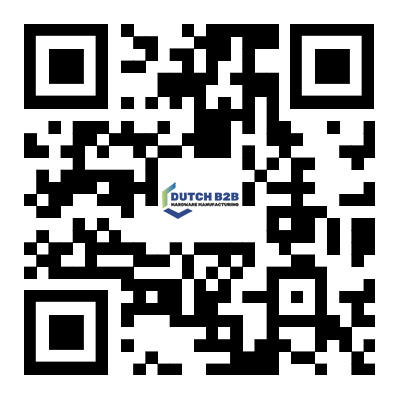How to install Plain Bush Bearing
2023-10-17
Installing a plain bush bearing requires careful attention to ensure proper fit and alignment. Here are general steps to guide you through the installation process:
1. Prepare the bearing and shaft:
- Inspect the bearing and shaft for any damage or contaminants. Clean them thoroughly if necessary.
- Apply a thin layer of lubricant to the bearing's inner surface and the shaft's outer surface. This will aid in the installation process and provide initial lubrication.
2. Determine the correct orientation:
- Identify the correct orientation of the plain bush bearing. It typically has a flanged or stepped side, which should face the corresponding surface on the bearing housing.
3. Ensure proper clearance:
- Verify that the clearance between the shaft and the bearing is within the manufacturer's specifications. Excessive clearance or interference can affect the bearing's performance.
4. Align the bearing and shaft:
- Carefully align the bearing and the shaft, ensuring that they are concentric and properly seated.
- Avoid applying excessive force that could damage the bearing or distort the shape of the bushing.
5. Press or slide the bearing onto the shaft:
- Use an appropriate tool, such as a bearing press or a suitable-sized mandrel, to apply even and controlled force to slide or press the bearing onto the shaft.
- Ensure that the force is applied evenly to avoid tilting or misalignment during installation.
6. Secure the bearing:
- If the bearing has a flange or shoulder, make sure it is properly seated against the corresponding surface on the bearing housing.
- If necessary, secure the bearing using retaining rings or other suitable methods as per the manufacturer's guidelines.
7. Verify free rotation:
- After installation, check that the bearing rotates freely without any binding or excessive resistance.
- Rotate the shaft by hand to ensure smooth movement and confirm that the bearing is correctly installed.
8. Apply additional lubrication:
- If required, add additional lubrication to ensure adequate lubrication during operation.
- Follow the manufacturer's recommendations for the type and amount of lubricant to be used.
It's important to note that the specific installation process may vary depending on the design of the plain bush bearing and the application. Always refer to the manufacturer's instructions and guidelines for the particular bearing being installed. If you're uncertain or dealing with complex machinery, it is advisable to consult a professional or a qualified technician to ensure proper installation.


